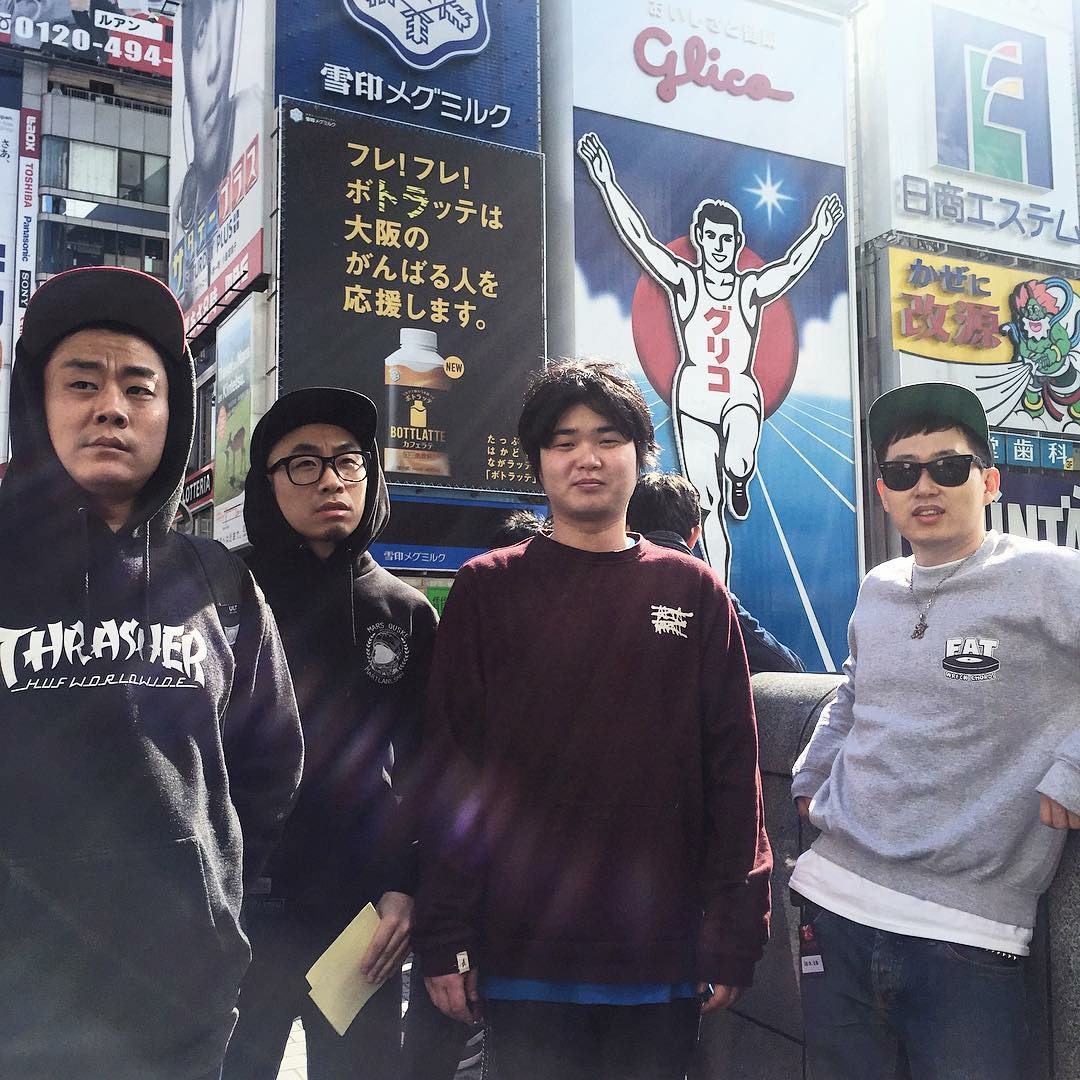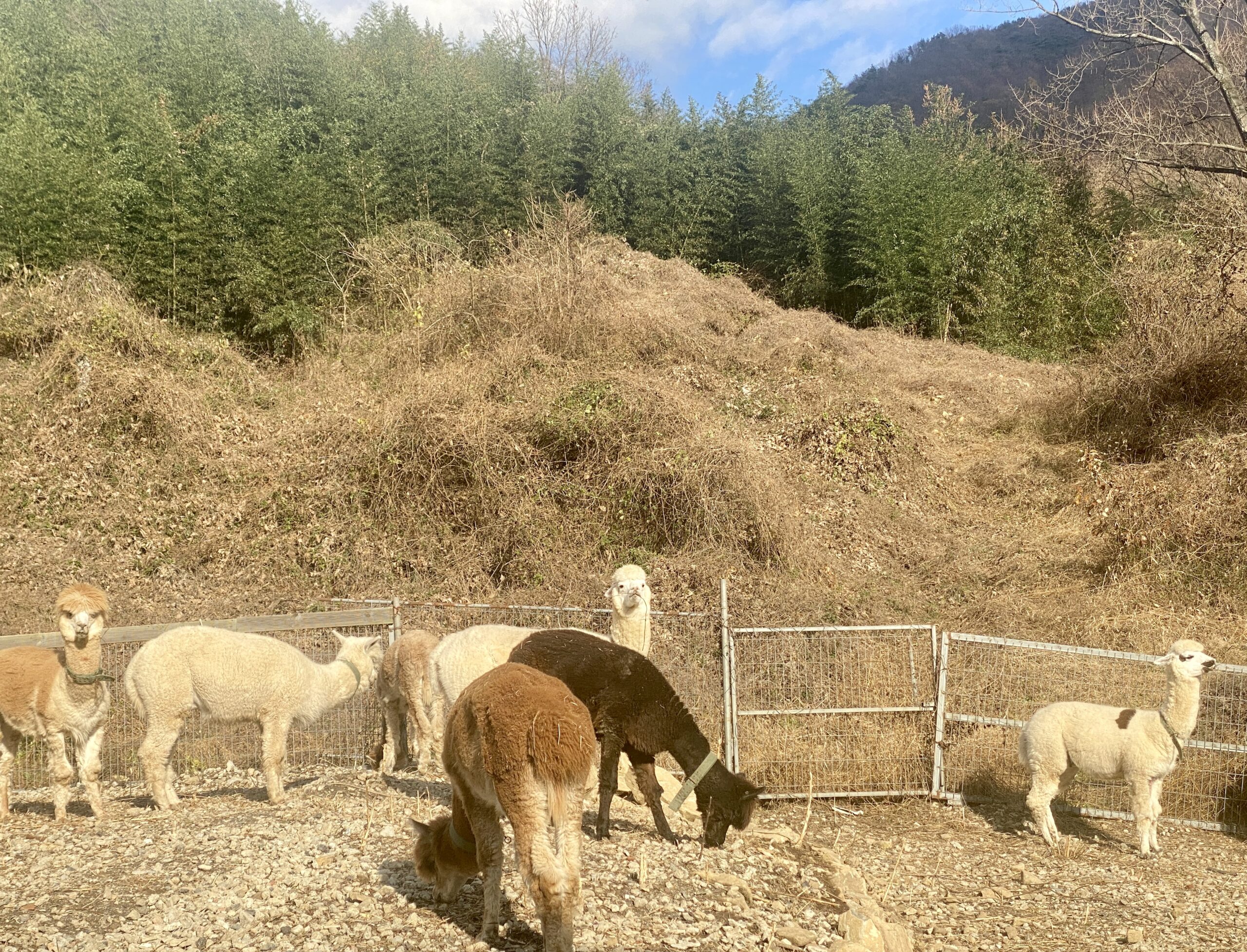Fukushima: A Tsunami of Radioactive Seafood?
by Matt Furlane
The world’s oceans are an immense ecosystem and a complex balance of forces that help create and sustain an abundance of aquatic life. In the Pacific Ocean, numerous species are harvested year-round to help sustain large populations in countries in and around the Pacific Rim, including Japan, the Philippines, and South Korea. The Korean peninsula is home to 75 million people and surrounded by the Yellow Sea to the west, the Sea of Japan to the east, and the Korean Strait, which connects both bodies of water to the East China Sea and the Pacific. The most common short-term threats to these seas have been industrial run-off from China, oil spills, and overfishing. Thankfully, threats to the natural fisheries surrounding Korea have been limited, and Korean seafood is not only delicious but safe to eat.
 But on March 11, 2011 at 2:46 p.m. a nine-point earthquake struck off the coast of northern Japan. The resulting Tsunami killed 20,000 people and set off a chain of events that, combined with the ineptitude of the Tokyo Electric Power Company (TEPCO), lead to three reactors melting down at the Fukushima nuclear power plant. Like Chernobyl, the resulting radiation leaks have contaminated not only the surrounding land but also the rest of the surrounding area by air and sea. In May 2012 a disturbing report in Proceedings of the National Academy of Sciences stated that trace amounts of Cesium-134 and Cesium-137 were found in Pacific bluefin tuna.
But on March 11, 2011 at 2:46 p.m. a nine-point earthquake struck off the coast of northern Japan. The resulting Tsunami killed 20,000 people and set off a chain of events that, combined with the ineptitude of the Tokyo Electric Power Company (TEPCO), lead to three reactors melting down at the Fukushima nuclear power plant. Like Chernobyl, the resulting radiation leaks have contaminated not only the surrounding land but also the rest of the surrounding area by air and sea. In May 2012 a disturbing report in Proceedings of the National Academy of Sciences stated that trace amounts of Cesium-134 and Cesium-137 were found in Pacific bluefin tuna.
To fully understand the significance of this report, it’s important to understand three things: ocean currents, Pacific bluefin tuna, and radiation.
First, Pacific Ocean currents run clockwise above the equator and are stronger near Fukushima. According to ASR Limited, an oceanic consulting firm, computer modeling based on estimates of the total tonnage of radioactive water dumped into the ocean shows that radioactive particles may have spread northeast from Japan deep into the Pacific. After just one year, it is estimated that this water has been carried as far as Alaska and will continue to follow currents down the California coast and around the Pacific. Also contributing to fears of the spread of radioactive material is the abundance of tsunami debris that has begun to wash up on distant shores. Fishing boats, storage containers, soccer balls, and even motorcycles have washed ashore on North American coasts already. According to researchers from Woods Hole Oceanographic Institution (WHOI), we have approximately 12-24 months before the Fukishima radiation crosses the Pacific. During that time all manner of sea life, including wild salmon, crab, shrimp, krill, squid, and plankton, will be absorbing radiation.

Second, Pacific bluefin tuna are the New York steak of the ocean. They are warm-blooded, can live over 15 years, grow up to 10 feet long (three meters), weigh up to 1,000 pounds (455 kilograms), and swim at burst speeds up to 30 miles per hour (48 kilometers per hour). One slice of bluefin “o-toro” (tuna belly) can cost up to 25 dollars (USD) at a Tokyo restaurant. And in January 2012, Kiyoshi Kimura, president of Kiyomura Co., which runs the Sushi-Zanmai restaurants, paid 735,000 dollars for an entire 593 pound (269 kilogram) bluefin. But more importantly, Pacific bluefin spawn off the coasts of Japan and migrate east toward California in search of better feeding grounds. Because of their speed and size, they are a major part of the food chain, consuming things like squid, mackerel, and herring. So imagine fish that swam through irradiated waters for 6,000 miles being caught and sliced and served to thousands of people, and you can understand the magnitude of the problem.
And lastly, there is radiation. When the Fukushima nuclear reactors melted down, they released Cesium-134, Cesium-137, and Iodine-131 into the air and sea. Iodine-131 dissipates within 8 days, but Cesium-134 takes two years to decay, and Cesium-137 takes 30 years to decay. As the radiation starts to seep into the ground and food chain, it eventually gets onto the dinner plates of human beings and can cause Thyroid cancers, Leukemia, and birth defects. For the Japanese, who consume so much seafood, this does not bode well for the future. But what about the rest of the Pacific nations and Korea or North America? Their fate depends on how long it takes for the radiation to come full circle in the Pacific and how it spreads in the food chain. To be fair, radiation discovered thus far outside of Japan has been less than a chest x-ray, 15-hour flight (you absorb cosmic radiation on an airplane), or Radon-222 that is in many American homes. But the issue isn’t necessarily how big the dose is, but the fact that it is in the food supply, and no one can say with assurance what the consequences are of long-term exposure to this low-level radiation caused by eating contaminated seafood.
 Eventually, we not only will have to measure calories in our food, but radiation levels in our bodies. The initial 2011 reports about irradiated sea life were based on the first five months after the tsunami, and more extensive studies will be coming out in 2012 or later. Some of these studies will look for other forms of radiation like Strontium-90. It’s these studies that Koreans and nations in the Pacific Rim should be concerned about. Thailand, the Philippines, and Malaysia are just some of the nations that have been proactive in banning Japanese food imports for fear of radioactive contamination, but these bans are useless if the Pacific food chain has been compromised.
Eventually, we not only will have to measure calories in our food, but radiation levels in our bodies. The initial 2011 reports about irradiated sea life were based on the first five months after the tsunami, and more extensive studies will be coming out in 2012 or later. Some of these studies will look for other forms of radiation like Strontium-90. It’s these studies that Koreans and nations in the Pacific Rim should be concerned about. Thailand, the Philippines, and Malaysia are just some of the nations that have been proactive in banning Japanese food imports for fear of radioactive contamination, but these bans are useless if the Pacific food chain has been compromised.
To this day, trace amounts of radiation from nuclear tests conducted in the Pacific during the 1960s are still found in ocean fish. Add to that our chest x-rays, dental x-rays, multiple international flights with full body airport security scans, and we will all be glowing in the dark. For the present moment, everyone can enjoy eating seafood harvested near Korean shores, but in the near future, we might need to buy a portable Geiger counter just to be safe.





Sea of Japan—> east sea.
Why is korean peninsular surrounded by sea of japan?
If foreign journalist don’t know about that, why don’t you tell about that?
I apologize for any apparence of insensitivity, it is true that on global maps the sea just east of Korea is listed as the East Sea and maybe that would be more appropriate for a magazine that is published in South Korea, but on most international maps the Sea of Japan is usually labeled in parenthesis or it’s reversed with the label East Sea in parenthesis.
As a green ‘foreign journalist’ I may lack an understanding of the finer points of pan asian politics and history but at the same time have a broader understanding of why the the label ‘Sea of Japan’ in 2012 is to most of the world simply a less neutral title than ‘East Sea’ .